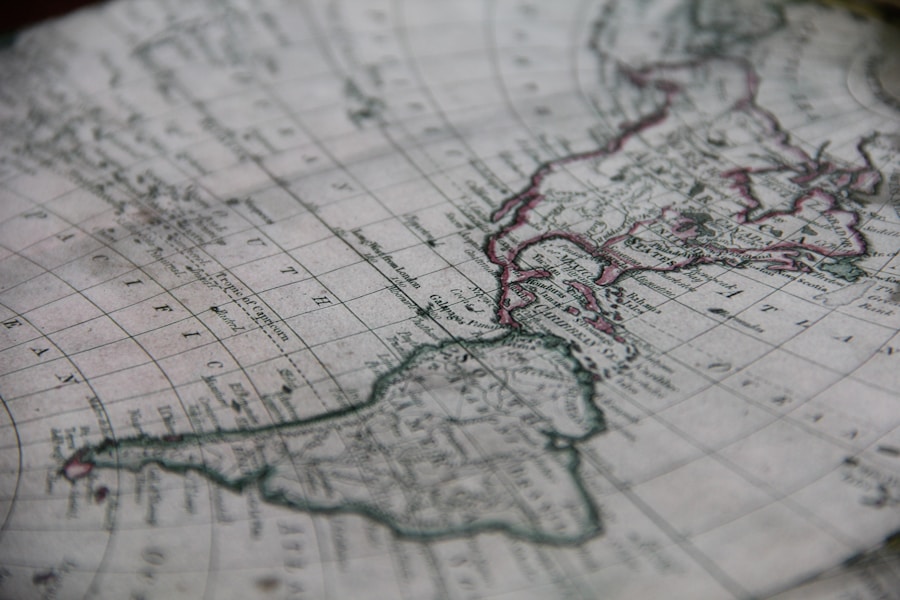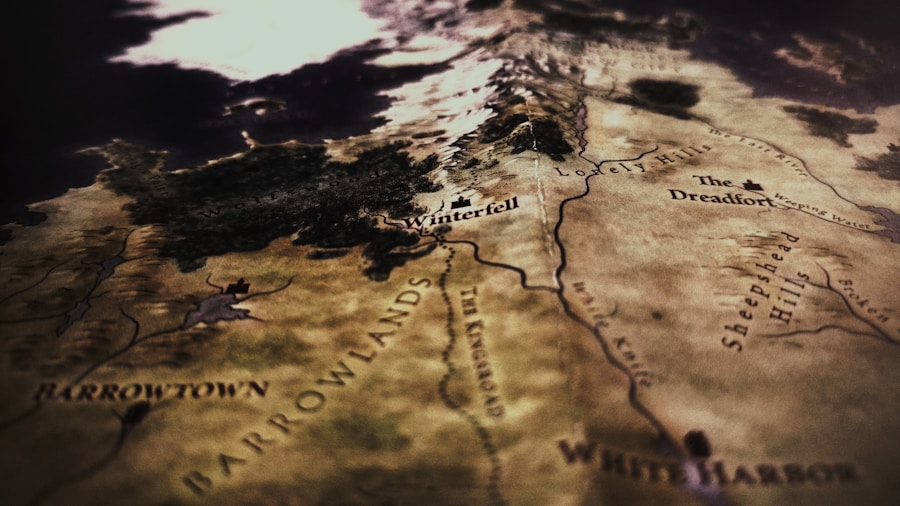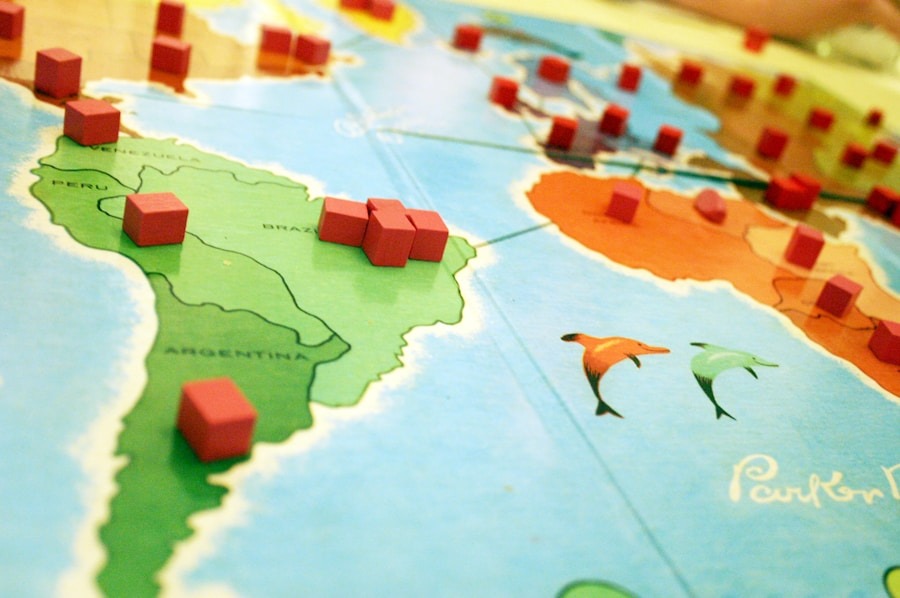Political and economic centers serve as the backbone of global governance and commerce, shaping the dynamics of power and wealth distribution across nations.
Historically, cities like Rome, London, and New York have been recognized as pivotal hubs where political authority and economic activity converge.
The significance of these centers extends beyond their immediate influence; they often set the tone for international relations, trade policies, and cultural exchanges. Understanding political and economic centers requires an exploration of their characteristics and functions. Political centers are typically characterized by the presence of government institutions, diplomatic missions, and regulatory bodies that influence national and international policies.
Economic centers, on the other hand, are defined by their financial markets, corporate headquarters, and trade networks that drive economic growth. The interplay between these two types of centers creates a complex web of interactions that can lead to both stability and volatility in the global landscape. As we delve deeper into the historical context and contemporary shifts in these centers, it becomes evident that their evolution is a reflection of broader societal changes.
Key Takeaways
- Political and economic centers have historically played a crucial role in shaping global power dynamics and economic development.
- The rise and fall of historical political and economic centers have been influenced by factors such as wars, trade routes, and technological advancements.
- There is a noticeable shift towards emerging political and economic centers, particularly in Asia, as globalization continues to reshape the world economy.
- Globalization has had a significant impact on political and economic centers, leading to increased interconnectedness and competition among nations.
- Technology is playing a key role in shifting political and economic centers, with advancements in communication and transportation facilitating the rise of new centers of power.
- The future of political and economic centers is likely to be shaped by ongoing technological advancements, shifting global alliances, and the impact of climate change on resource distribution.
The Rise and Fall of Historical Political and Economic Centers
Throughout history, various cities have risen to prominence as political and economic centers, only to experience decline due to a myriad of factors. The ancient city of Athens, for instance, was a beacon of democracy and culture in the 5th century BCE. Its political innovations laid the groundwork for modern governance, while its economic prowess was bolstered by trade across the Mediterranean.
However, as military conflicts ensued and rival city-states emerged, Athens gradually lost its dominance, illustrating how external pressures can precipitate the decline of once-thriving centers. Similarly, the fall of Constantinople in 1453 marked a significant shift in political power from the Byzantine Empire to the Ottoman Empire. This event not only altered the geopolitical landscape of Europe but also redirected trade routes that had previously flowed through Constantinople.
The rise of Western European powers during the Age of Exploration further diminished the city’s status as a central hub. The decline of these historical centers underscores the fragility of political and economic dominance, often influenced by warfare, economic shifts, or changes in trade routes. The case of Venice offers another compelling example.
Once a powerful maritime republic in the Middle Ages, Venice thrived on trade with the East and became a cultural melting pot. However, as new trade routes were established and rival powers like Spain and Portugal emerged, Venice’s economic significance waned. The city’s inability to adapt to changing circumstances ultimately led to its decline as a political and economic center.
These historical narratives reveal that while centers may rise to prominence through strategic advantages or innovations, they are equally susceptible to decline when faced with evolving global dynamics.
The Shift towards Emerging Political and Economic Centers

In recent decades, there has been a noticeable shift towards emerging political and economic centers, particularly in Asia and Africa. Cities like Beijing, Shanghai, Mumbai, and Nairobi are increasingly recognized for their growing influence on global affairs. This shift is driven by several factors, including rapid urbanization, demographic changes, and economic growth in these regions.
For instance, China’s meteoric rise as an economic powerhouse has positioned cities like Beijing and Shanghai as critical players on the world stage. The Chinese government’s strategic investments in infrastructure and technology have facilitated this transformation, allowing these cities to attract foreign investment and talent. Moreover, India’s burgeoning economy has propelled Mumbai into the spotlight as a significant financial center.
With its diverse economy encompassing finance, entertainment, and technology, Mumbai exemplifies how emerging cities can leverage their unique strengths to gain prominence. The rise of these new centers is not merely a reflection of economic growth; it also signifies a shift in political power dynamics. As countries like China and India assert themselves on the global stage, traditional centers such as Washington D.and London must navigate a more multipolar world where influence is distributed among various players.
The emergence of African cities as political and economic centers is also noteworthy. Cities like Nairobi have become vital hubs for technology and innovation in Africa, often referred to as “Silicon Savannah.” This transformation is fueled by a young population eager to embrace technology and entrepreneurship. As these cities develop their own unique ecosystems for innovation, they challenge the traditional narrative that associates political and economic power solely with Western capitals.
The rise of emerging centers reflects a broader trend towards decentralization in global governance and commerce.
The Impact of Globalization on Political and Economic Centers
Globalization has profoundly reshaped political and economic centers by fostering interconnectedness among nations while simultaneously challenging traditional power structures. The integration of markets has led to increased trade flows, investment opportunities, and cultural exchanges that transcend national borders. As a result, cities that were once isolated from global networks have become integral players in the international arena.
For example, Singapore has emerged as a leading financial hub due to its strategic location and pro-business policies that attract multinational corporations. However, globalization also presents challenges for established political and economic centers. The rise of global supply chains means that production can occur anywhere in the world, diminishing the significance of traditional manufacturing hubs like Detroit or Manchester.
As companies seek cost-effective solutions, they may relocate operations to emerging markets where labor is cheaper. This shift can lead to job losses in established centers while simultaneously creating opportunities in developing regions. Moreover, globalization has facilitated the rise of transnational organizations that operate independently of national governments.
Institutions such as the World Trade Organization (WTO) or multinational corporations wield significant influence over global trade policies and economic practices. This shift raises questions about sovereignty and governance as traditional political centers grapple with the implications of decisions made by entities that may not be accountable to any single nation-state.
The Role of Technology in Shifting Political and Economic Centers
Technology plays a pivotal role in redefining political and economic centers by enabling new forms of communication, commerce, and governance. The advent of digital platforms has transformed how businesses operate and how governments engage with citizens. For instance, e-commerce giants like Alibaba have revolutionized retail in China, allowing consumers to access goods from around the world with unprecedented ease.
This technological advancement has not only bolstered China’s economy but has also positioned cities like Hangzhou as emerging economic centers. Furthermore, advancements in communication technologies have facilitated greater collaboration among political entities across borders. Social media platforms have become powerful tools for activism and political engagement, enabling citizens to mobilize around issues that transcend national boundaries.
The Arab Spring serves as a poignant example of how technology can empower individuals to challenge established political structures. As citizens leverage digital tools to organize protests or disseminate information, traditional political centers may find their authority challenged by grassroots movements. The rise of fintech companies is another illustration of how technology is reshaping economic landscapes.
Blockchain technology has introduced new paradigms for financial transactions that bypass traditional banking systems. This innovation has significant implications for countries with underdeveloped financial infrastructures, allowing them to leapfrog traditional banking models. As fintech hubs emerge in cities like Nairobi or Lagos, they challenge established financial centers by offering alternative solutions tailored to local needs.
The Future of Political and Economic Centers

Looking ahead, the future of political and economic centers is likely to be characterized by increased fluidity and adaptability. As emerging centers continue to gain prominence, established hubs will need to innovate to maintain their relevance in an ever-changing landscape.
Moreover, climate change is poised to reshape political and economic dynamics globally. Cities that proactively address environmental challenges may emerge as leaders in sustainability practices while those that fail to adapt could face significant repercussions. For instance, coastal cities vulnerable to rising sea levels may need to invest heavily in infrastructure or risk losing their status as vital economic centers.
The geopolitical landscape will also play a crucial role in shaping future centers of power. As nations navigate complex relationships marked by competition and cooperation, alliances may shift dramatically. The rise of regional blocs or coalitions could lead to new forms of governance that challenge traditional notions of sovereignty.
In conclusion, the evolution of political and economic centers is an ongoing process influenced by historical legacies, globalization trends, technological advancements, and environmental challenges. As we move forward into an increasingly interconnected world, understanding these dynamics will be essential for navigating the complexities of global governance and commerce.
In a related article discussing the importance of understanding markup languages, the author delves into the intricacies of creating a simple website. This step-by-step guide for beginners highlights the significance of mastering markup languages in order to effectively communicate information online. By learning the basics of HTML and CSS, individuals can enhance their digital presence and contribute to the ever-evolving landscape of the internet. To read more about this topic, check out the article here.
FAQs
What are the main factors that contribute to shifts in political and economic centers across time?
Factors that contribute to shifts in political and economic centers across time include changes in global power dynamics, technological advancements, economic growth and decline, political instability, and shifts in trade and investment patterns.
How do shifts in political and economic centers impact global relations?
Shifts in political and economic centers can impact global relations by altering the balance of power, influencing trade and investment patterns, and shaping international alliances and conflicts.
What are some examples of historical shifts in political and economic centers?
Examples of historical shifts in political and economic centers include the rise and fall of empires such as the Roman Empire, the shift of economic power from Europe to the United States during the 20th century, and the rise of China as a global economic powerhouse in recent decades.
How do shifts in political and economic centers affect individual countries and regions?
Shifts in political and economic centers can affect individual countries and regions by impacting their economic growth, political influence, and access to resources and markets. These shifts can also lead to changes in domestic policies and international relations.






















+ There are no comments
Add yours